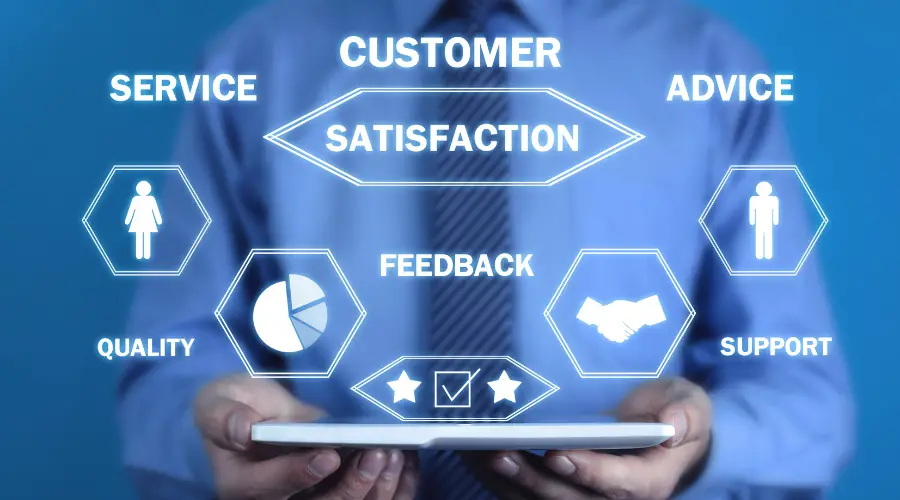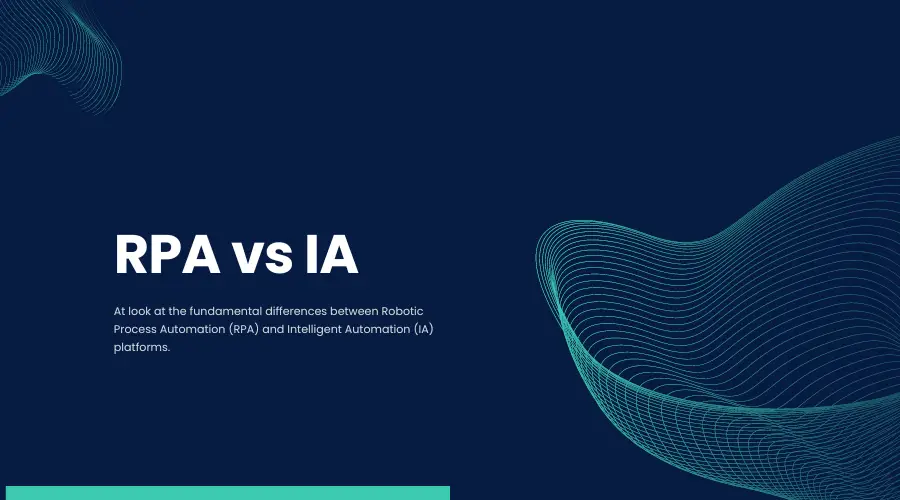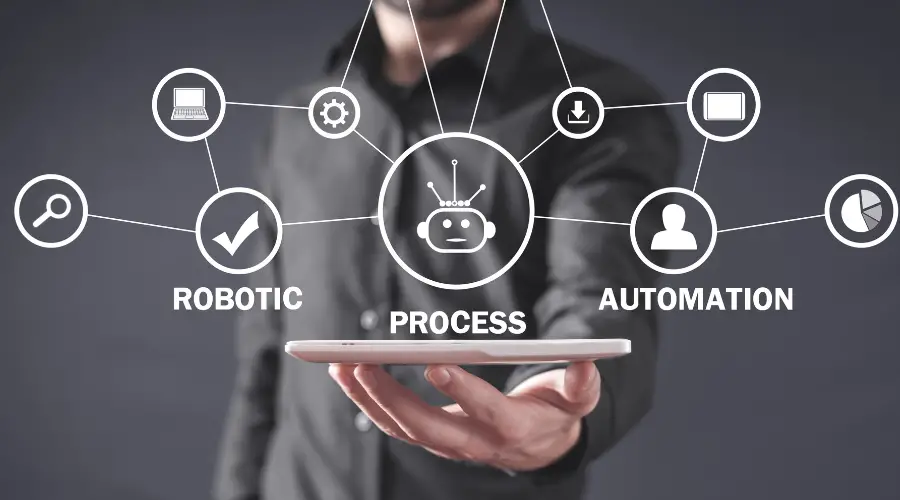Robotic Process Automation (RPA), a disruptive technology that employs software robots to automate manual, repetitive, and rule-based tasks, has revolutionized the customer service landscape.
Businesses across various sectors are now using RPA to improve efficiency, boost productivity, and enhance customer satisfaction.
Here, we will explore 12 key applications of RPA in customer service.
Automating Call Routing
RPA helps in automatically routing calls to the right department, thus reducing waiting time and ensuring more precise responses. By pre-defining the routing rules, companies can ensure that customers receive the best service from the most suitable agents.
Email Automation
RPA can sort and categorize emails based on content and predefined rules, reducing the workload on customer service representatives and enabling them to focus more on issue resolution.
Chatbots and Virtual Assistants
RPA powers AI chatbots and virtual assistants that can interact with customers in real-time. These chatbots can answer frequently asked questions, provide information, guide users through processes, and even carry out simple transactions.
For example, with RPA platforms like UiPath, you can use low-code tools to automate conversational processes and design chatbot interactions with your customers.
Order Processing
Companies use RPA to automate the entire order processing cycle, from receiving the order, validating the details, processing payment, to confirming the order, reducing errors and accelerating the entire process.
Issue Resolution
RPA can automate the initial issue identification process, determining the nature of the problem and suggesting solutions based on predefined rules. This can help to resolve issues faster and provide a smoother customer experience.
24/7 Customer Support
RPA enables businesses to offer around-the-clock customer support without needing human intervention all the time. Customers can have their issues resolved or queries answered anytime they want.
This is possible with platforms like Nintex, which helps you create a 24/7 virtual workforce to respond to the needs of your customers around the clock.
Personalized Marketing
RPA can gather data and generate insights into customer behavior, which can then be used to tailor marketing communications to individual preferences, enhancing the customer experience.
Customer Onboarding
The onboarding process can be automated using RPA, making the process smoother and more efficient. This includes activities like account creation, data validation, sending welcome emails, and more.
Updating Customer Information
RPA can automate the process of updating customer information across multiple platforms and databases. This ensures consistency and accuracy of customer data.
Feedback Collection and Analysis
Companies can use RPA to automate the process of collecting feedback from customers. This data can then be analyzed to identify trends, areas for improvement, and opportunities for growth.
Invoice and Billing
From generating invoices to sending them to customers, and from processing payments to sending payment confirmations, every step can be automated with RPA. This minimizes errors and enhances efficiency.
Compliance and Verification
RPA can ensure that all customer service processes comply with regulatory standards and verify that all customer interactions are within the legal framework. This helps in maintaining integrity and building trust with customers.
Conclusion
RPA holds immense potential in the customer service arena. By automating repetitive and time-consuming tasks, RPA not only enhances efficiency and productivity but also helps in providing a superior customer experience.
In the rapidly evolving digital era, companies that leverage RPA in their customer service operations will be well-placed to stay ahead of the curve and outperform their competitors.



